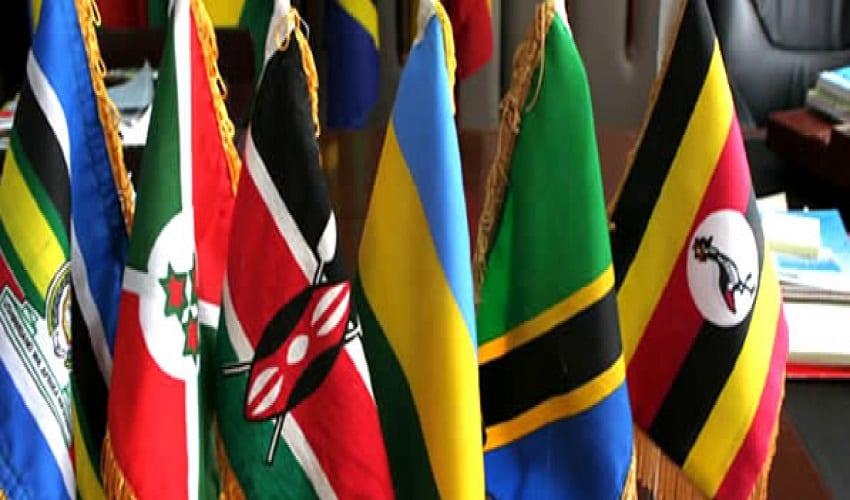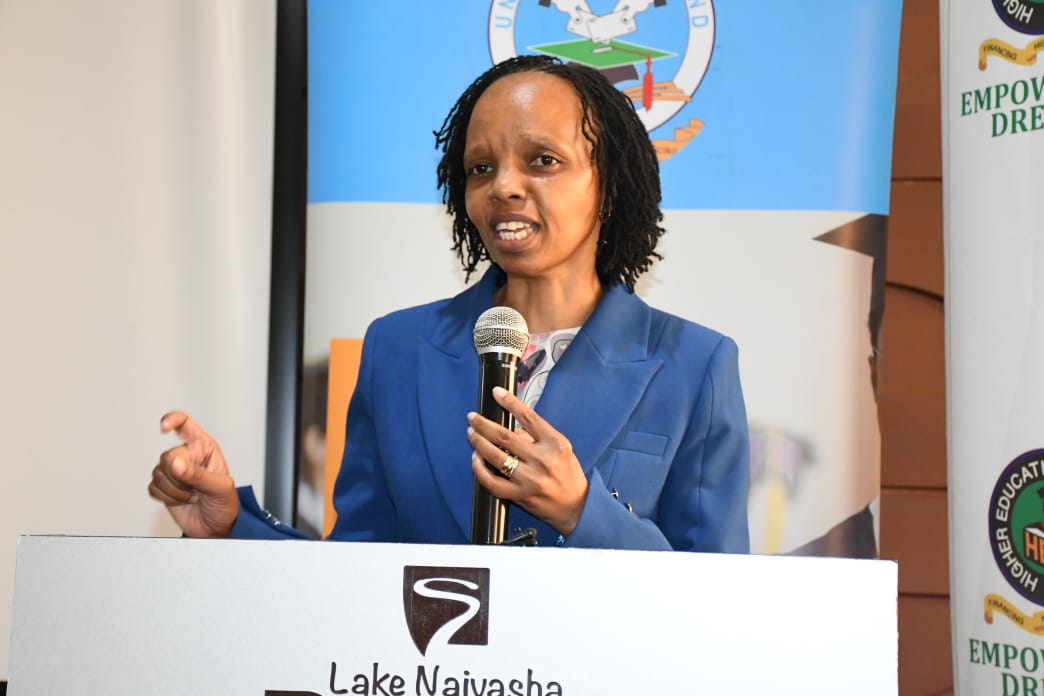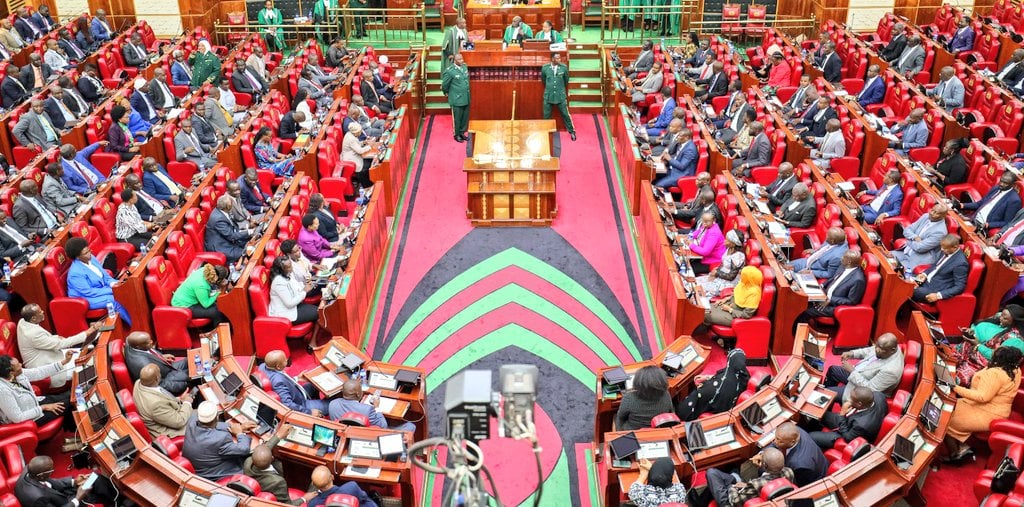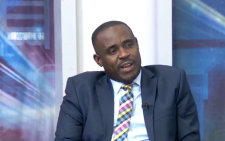Why we must champion a united, cohesive EAC

Having submitted the East African Community (EAC) tariff offer to the African Continental Free Trade Area (AfCFTA) rolled out on 1st January 2021, a sharp focus should now shift on the bloc’s relations among the member states, which has not been rosy in recent years.
With the formation of Customs Union in 2005, a significant hallmark of the revived EAC that took shape shortly after Kibaki rise to power in 2002, the Partner States drew an optimistic road map.
Members took off with good intentions, optimism and a clear understanding that each state on their own were simply too small to prosper.
Kenya’s enthusiasm to play a central role due to its position as a crucial gateway to the East and Central was soon headed to headwinds shortly after President of Kenya Uhuru Kenyatta’s first term.
Joint infrastructure projects echoed by Kenyatta shortly after he took power in 2013 did not go down well with Tanzania, a serious competitor for Uganda, Rwanda, Burundi and Democratic Republic of Congo goods through Dar Es Salaam port.
Kenya’s big vision led to a ‘coalition of the willing (CoW)’ agreement with Uganda and Rwanda to build a major rail line and oil pipeline that would invigorate and open up East Africa’s economy.
This, a few years later went into smoke as partners looked elsewhere for more economically pragmatic paths.
Apart from straining relations, it also alienated Tanzania, which has since been very reluctant on many issues related to EAC integration.
The coming together of EAC member states to harmonise customs processes started well.
It has not only made it easier for traders to do business, but has also drastically reduced transnational crimes and enhanced revenue collection.
Mainly attributed to the implementation of Single Customs Territory (SCT), started in 2014, it was a major milestone and final stage towards the attainment of a fully-fledged Customs Union.
Under SCT, assessment and payment of duties is done at the destination Partner State while goods are still at the first point of entry.
However, suspicions and diplomatic tiffs have compromised any efforts to examine legal adequacy, institutional and policy framework, resource availability and technological capacity to define the future of the SCT as a fulcrum in trade facilitation and regional integration in the EAC.
The region’s soft under-belly was exposed in September last year when Nairobi opened negotiations with London on the Brexit pact after an earlier bid to hold the talks under the six-nation EAC flopped after the majority snubbed the negotiations.
It is this stained relationship that has led to border conflicts between member states on very flimsy grounds.
On a positive note, Kenya, Rwanda and Uganda allow their respective citizens to enter and exit their territories using the National IDs.
It is hoped that soon, all EAC citizens will be able to do this within the region.
In addition, Kenya, Rwanda and Tanzania have also commenced issuance of the International East African e-Passport.
Lamentably, intra-regional trade within the EAC is currently very low- at just less than 20 per cent of its total trade compared to Europe’s 70 per cent.
There still exists a considerable number of trade restricting measures hindering actualisation of free trade in the EAC including, long clearing procedures, road blocks and changes in applicable regulations.
Non-tariff barriers have rendered EAC intra-regional trade a fiasco. With careful and consensual engagement, the protocol on monetary union and full rolled out SCT will be long steps in the right direction as the region moves EAC closer to a political federation.
There has been a growing trend, where Heads of States summit, meant to be held twice a year, have been cancelled and postponed.
It is also lamentable that member states have in the recent year failed to make budgetary allocation, threatening the bloc’s operations and its other supportive organs.
We must continue championing a strong and people-driven EAC that will enhance regional co-operation for greater economic prosperity, social cohesion and political stability. — The writer is a Public Policy Analyst — raphojuma@hotmail.com








